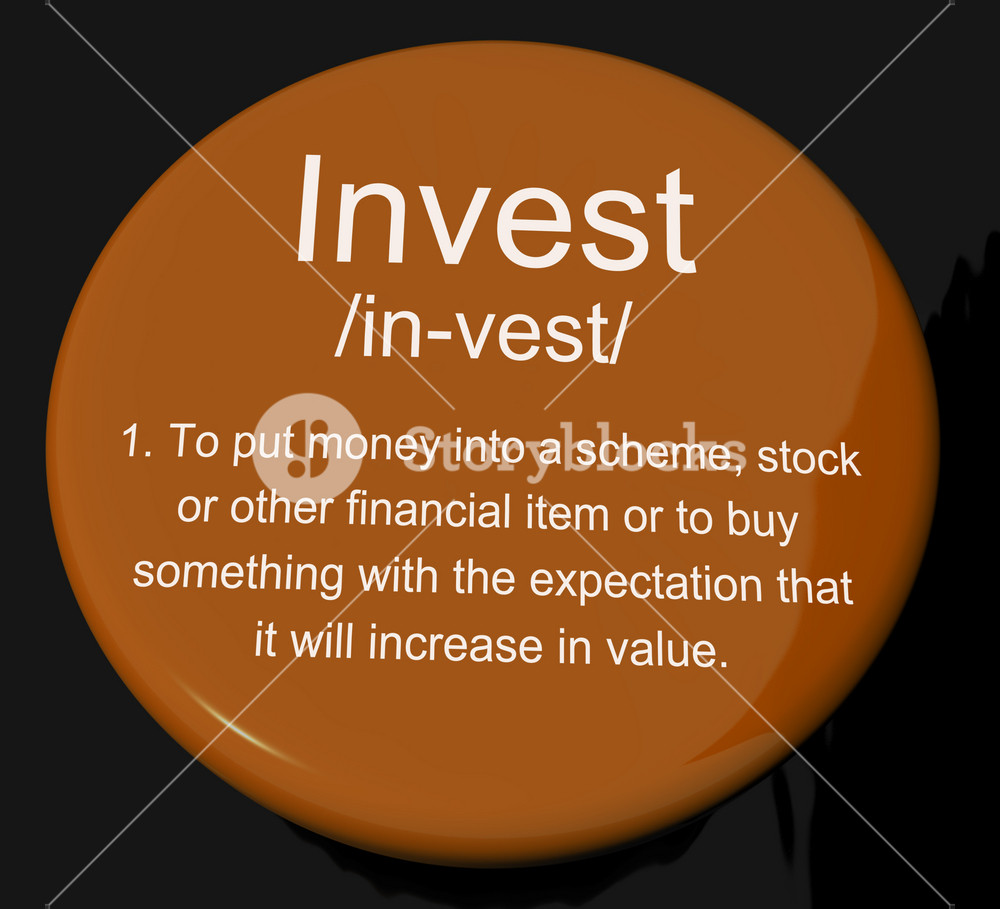
If you are looking for the best dividend stock to own, you should focus on companies that have strong revenue and earnings growth. You should be cautious if their revenue growth is slow. Another key factor is having a durable competitive advantage, such as proprietary technology, high barriers to entry, low customer switching costs, and a strong brand name. Continue reading to learn more about these companies. These companies can be a great way to make a high-income investment. However, it is important to carefully read and research each company before you make a decision.
Walgreens Boots Alliance
Walgreens Boots Alliance (WBA), a dividend stock that you might consider investing in, is a good option. Since 1972, the company has paid dividends on its stock and has increased its dividend every year for 46 years. It has a dividend growth rate exceeding 6% annually on average and is a Dividend Champions and Dividend Aristocrat. WBA's dividend yield is 1.91 USD. Other details include historical stock prices and payout ratios as well as special dividends.
Walgreens Boots Alliance, Inc. stock is not being covered by analysts at the time this article was written. If you are curious about the company's future prospects, check out the stock. Analyst coverage of a stock is a good indication of how likely the company is to grow its dividend. This company is expected to continue to grow as a dividend powerhouse, so investors should keep an eye on its dividend history.

Microsoft
When it comes to evaluating dividends, one of the most important factors to consider is the company's cash flow. Dividends are usually paid out of a company's profits. However, it is important to pay more attention to the free cash flow. Microsoft's free cash flow of 28% last year was a good payout ratio. The company also has a long history of paying out dividends and continues to increase its payout every year.
Microsoft is a high-quality dividend stock due to its business fundamentals that are solid and the potential for growth. The company is a global business that develops and licenses software for many devices. The company has three primary business segments. These include productivity & Business Processes, Microsoft Office products, LinkedIn services and Microsoft Dynamics business options. Microsoft's growth rates and dividend payouts ratios have been outstanding over the last few years. Microsoft's current dividend yield of 0.8% is
Johnson & Johnson
As a healthcare company, Johnson & Johnson (JNJ) offers investors a steady and secure income stream. While the stock's dividend yield, 2.5%, is more than most savings accounts', it's still lower than other safer investments like bonds. Johnson & Johnson shares tend to appreciate every year, due to the fact that it is a large and well-established corporation. Investors should remember that Johnson & Johnson shares are not likely to grow at the same rate as smaller-cap growth stocks.
To qualify for the dividend, JNJ investors must purchase their shares before the ex-dividend date, which is the 25th day of the month prior to the quarterly payout. This date varies each quarter, so it's important to check the investor relations website for specific information. JNJ has not yet provided any guidance to its management regarding future dividend payments. However, it has consistently increased its dividends, and it has recently announced a 6.3% hike in April 2020.

Caterpillar
Caterpillar, among other reasons, is a great stock because of its low volatility. It has suffered many corrections in one month when the market is afraid and it falls faster. As "The Reformned Broker" Joshua Brown recently stated, volatility is not risk. It is instead opportunistic purchasing. Caterpillar trades at 32% off its fair value. This means you can lock in an 17% to 31% CAGR total returns over the next five year.
Caterpillar has maintained its dividend-growth streak for decades, even when it suffered some downturns. For the past 20 years, Caterpillar has not been negative about its operating earnings cashflow payout ratio. The dividend has increased by an average of 9.1% annually during that period, more than twice as fast as the S&P 500's. Caterpillar management anticipates increasing dividends by at minimum 10% per year until 2022, as of the time this is written.
FAQ
Who can trade in stock markets?
Everyone. There are many differences in the world. Some have better skills and knowledge than others. So they should be rewarded for their efforts.
There are many factors that determine whether someone succeeds, or fails, in trading stocks. If you don’t know the basics of financial reporting, you will not be able to make decisions based on them.
This is why you should learn how to read reports. Each number must be understood. It is important to be able correctly interpret numbers.
Doing this will help you spot patterns and trends in the data. This will assist you in deciding when to buy or sell shares.
And if you're lucky enough, you might become rich from doing this.
How does the stock markets work?
A share of stock is a purchase of ownership rights. A shareholder has certain rights over the company. He/she has the right to vote on major resolutions and policies. He/she may demand damages compensation from the company. He/she also has the right to sue the company for breaching a contract.
A company can't issue more shares than the total assets and liabilities it has. It is known as capital adequacy.
A company with a high ratio of capital adequacy is considered safe. Companies with low ratios are risky investments.
What are the advantages to owning stocks?
Stocks can be more volatile than bonds. The value of shares that are bankrupted will plummet dramatically.
The share price can rise if a company expands.
Companies often issue new stock to raise capital. Investors can then purchase more shares of the company.
Companies use debt finance to borrow money. This gives them access to cheap credit, which enables them to grow faster.
A company that makes a good product is more likely to be bought by people. Stock prices rise with increased demand.
The stock price should increase as long the company produces the products people want.
Are bonds tradeable
The answer is yes, they are! As shares, bonds can also be traded on exchanges. They have been for many, many years.
The main difference between them is that you cannot buy a bond directly from an issuer. You must go through a broker who buys them on your behalf.
This makes buying bonds easier because there are fewer intermediaries involved. This means you need to find someone willing and able to buy your bonds.
There are different types of bonds available. While some bonds pay interest at regular intervals, others do not.
Some pay interest quarterly while others pay an annual rate. These differences make it easy to compare bonds against each other.
Bonds are a great way to invest money. If you put PS10,000 into a savings account, you'd earn 0.75% per year. If you invested this same amount in a 10-year government bond, you would receive 12.5% interest per year.
If you put all these investments into one portfolio, then your total return over ten-years would be higher using bond investment.
Is stock marketable security?
Stock is an investment vehicle where you can buy shares of companies to make money. You do this through a brokerage company that purchases stocks and bonds.
You could also invest directly in individual stocks or even mutual funds. There are more than 50 000 mutual fund options.
These two approaches are different in that you make money differently. With direct investment, you earn income from dividends paid by the company, while with stock trading, you actually trade stocks or bonds in order to profit.
In both cases, you are purchasing ownership in a business or corporation. You become a shareholder when you purchase a share of a company and you receive dividends based upon how much it earns.
Stock trading gives you the option to either short-sell (borrow a stock) and hope it drops below your cost or go long-term by holding onto the shares, hoping that their value increases.
There are three types stock trades: put, call and exchange-traded funds. Call and put options let you buy or sell any stock at a predetermined price and within a prescribed time. ETFs are similar to mutual funds, except that they track a group of stocks and not individual securities.
Stock trading is very popular as it allows investors to take part in the company's growth without being involved with day-to-day operations.
Stock trading can be a difficult job that requires extensive planning and study. However, it can bring you great returns if done well. To pursue this career, you will need to be familiar with the basics in finance, accounting, economics, and other financial concepts.
What are the benefits of investing in a mutual fund?
-
Low cost - Buying shares directly from a company can be expensive. Buying shares through a mutual fund is cheaper.
-
Diversification is a feature of most mutual funds that includes a variety securities. One type of security will lose value while others will increase in value.
-
Professional management – professional managers ensure that the fund only purchases securities that are suitable for its goals.
-
Liquidity: Mutual funds allow you to have instant access cash. You can withdraw your money at any time.
-
Tax efficiency - mutual funds are tax efficient. So, your capital gains and losses are not a concern until you sell the shares.
-
Buy and sell of shares are free from transaction costs.
-
Mutual funds are simple to use. All you need is a bank account and some money.
-
Flexibility – You can make changes to your holdings whenever you like without paying any additional fees.
-
Access to information- You can find out all about the fund and what it is doing.
-
Investment advice - you can ask questions and get answers from the fund manager.
-
Security – You can see exactly what level of security you hold.
-
You have control - you can influence the fund's investment decisions.
-
Portfolio tracking - you can track the performance of your portfolio over time.
-
You can withdraw your money easily from the fund.
What are the disadvantages of investing with mutual funds?
-
There is limited investment choice in mutual funds.
-
High expense ratio. The expenses associated with owning mutual fund shares include brokerage fees, administrative costs, and operating charges. These expenses will eat into your returns.
-
Lack of liquidity-Many mutual funds refuse to accept deposits. They must be purchased with cash. This limits your investment options.
-
Poor customer service: There is no single point of contact for mutual fund customers who have problems. Instead, you need to contact the fund's brokers, salespeople, and administrators.
-
It is risky: If the fund goes under, you could lose all of your investments.
How do people lose money on the stock market?
The stock market does not allow you to make money by selling high or buying low. You can lose money buying high and selling low.
The stock exchange is a great place to invest if you are open to taking on risks. They may buy stocks at lower prices than they actually are and sell them at higher levels.
They hope to gain from the ups and downs of the market. They could lose their entire investment if they fail to be vigilant.
What is a bond?
A bond agreement is an agreement between two or more parties in which money is exchanged for goods and/or services. It is also known to be a contract.
A bond is typically written on paper, signed by both parties. The document contains details such as the date, amount owed, interest rate, etc.
The bond can be used when there are risks, such if a company fails or someone violates a promise.
Bonds are often combined with other types, such as mortgages. This means that the borrower must pay back the loan plus any interest payments.
Bonds can also raise money to finance large projects like the building of bridges and roads or hospitals.
When a bond matures, it becomes due. The bond owner is entitled to the principal plus any interest.
If a bond does not get paid back, then the lender loses its money.
Statistics
- The S&P 500 has grown about 10.5% per year since its establishment in the 1920s. (investopedia.com)
- US resident who opens a new IBKR Pro individual or joint account receives a 0.25% rate reduction on margin loans. (nerdwallet.com)
- For instance, an individual or entity that owns 100,000 shares of a company with one million outstanding shares would have a 10% ownership stake. (investopedia.com)
- Even if you find talent for trading stocks, allocating more than 10% of your portfolio to an individual stock can expose your savings to too much volatility. (nerdwallet.com)
External Links
How To
How to Invest Online in Stock Market
Investing in stocks is one way to make money in the stock market. There are many ways you can invest in stock markets, including mutual funds and exchange-traded fonds (ETFs), as well as hedge funds. Your investment strategy will depend on your financial goals, risk tolerance, investment style, knowledge of the market, and overall market knowledge.
To be successful in the stock markets, you have to first understand how it works. This involves understanding the various types of investments, their risks, and the potential rewards. Once you are clear about what you want, you can then start to determine which type of investment is best for you.
There are three main types: fixed income, equity, or alternatives. Equity refers to ownership shares in companies. Fixed income refers debt instruments like bonds, treasury bill and other securities. Alternatives include things like commodities, currencies, real estate, private equity, and venture capital. Each category has its own pros and cons, so it's up to you to decide which one is right for you.
Once you have determined the type and amount of investment you are looking for, there are two basic strategies you can choose from. One strategy is called "buy-and-hold." You purchase a portion of the security and don't let go until you die or retire. Diversification, on the other hand, involves diversifying your portfolio by buying securities of different classes. If you buy 10% each of Apple, Microsoft and General Motors, then you can diversify into three different industries. Multiple investments give you more exposure in different areas of the economy. Because you own another asset in another sector, it helps to protect against losses in that sector.
Risk management is another key aspect when selecting an investment. Risk management can help you control volatility in your portfolio. You could choose a low risk fund if you're willing to take on only 1% of the risk. However, if a 5% risk is acceptable, you might choose a higher-risk option.
Knowing how to manage your finances is the final step in becoming an investor. Managing your money means having a plan for where you want to go financially in the future. A plan should address your short-term and medium-term goals. It also needs to include retirement planning. Then you need to stick to that plan! Don't get distracted by day-to-day fluctuations in the market. Keep to your plan and you will see your wealth grow.